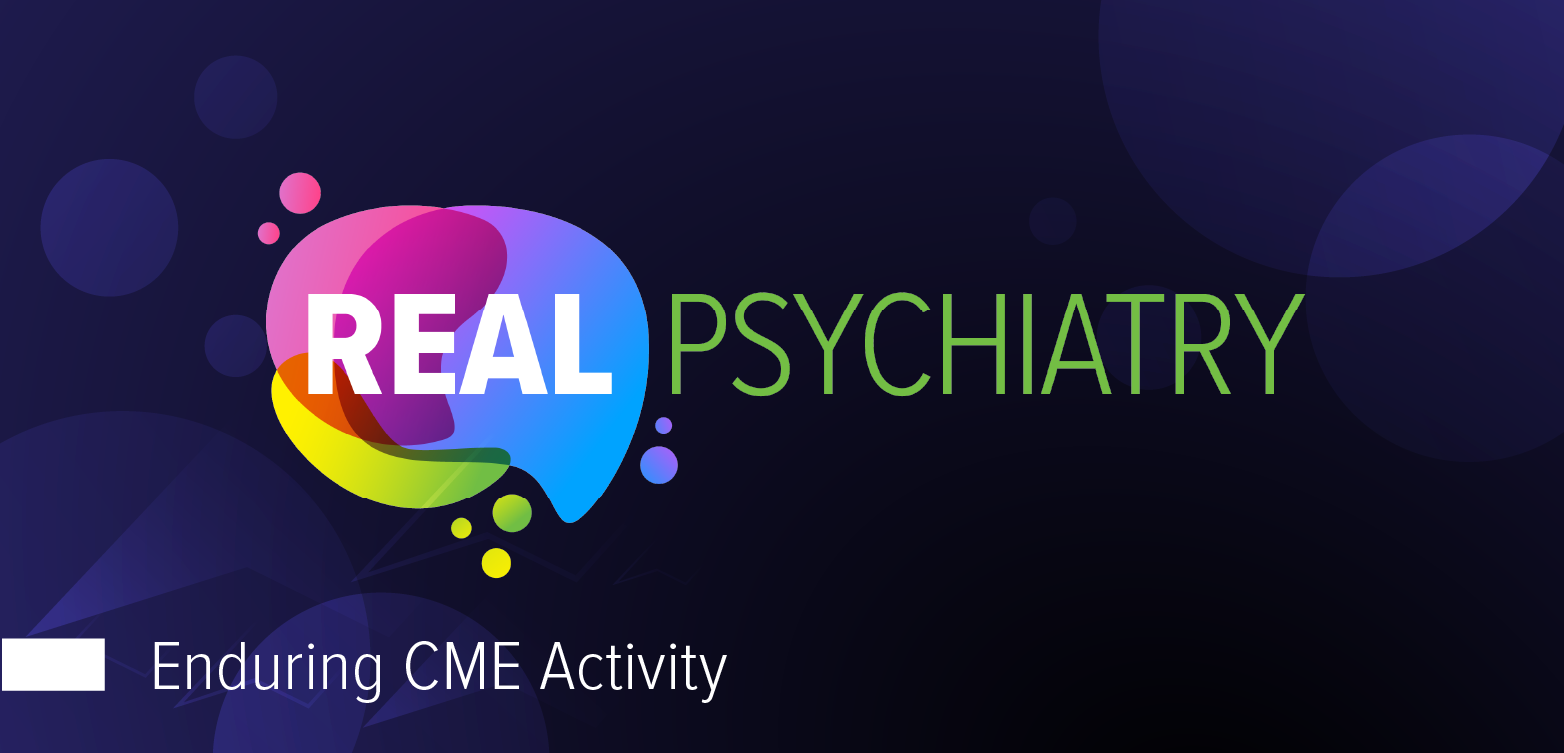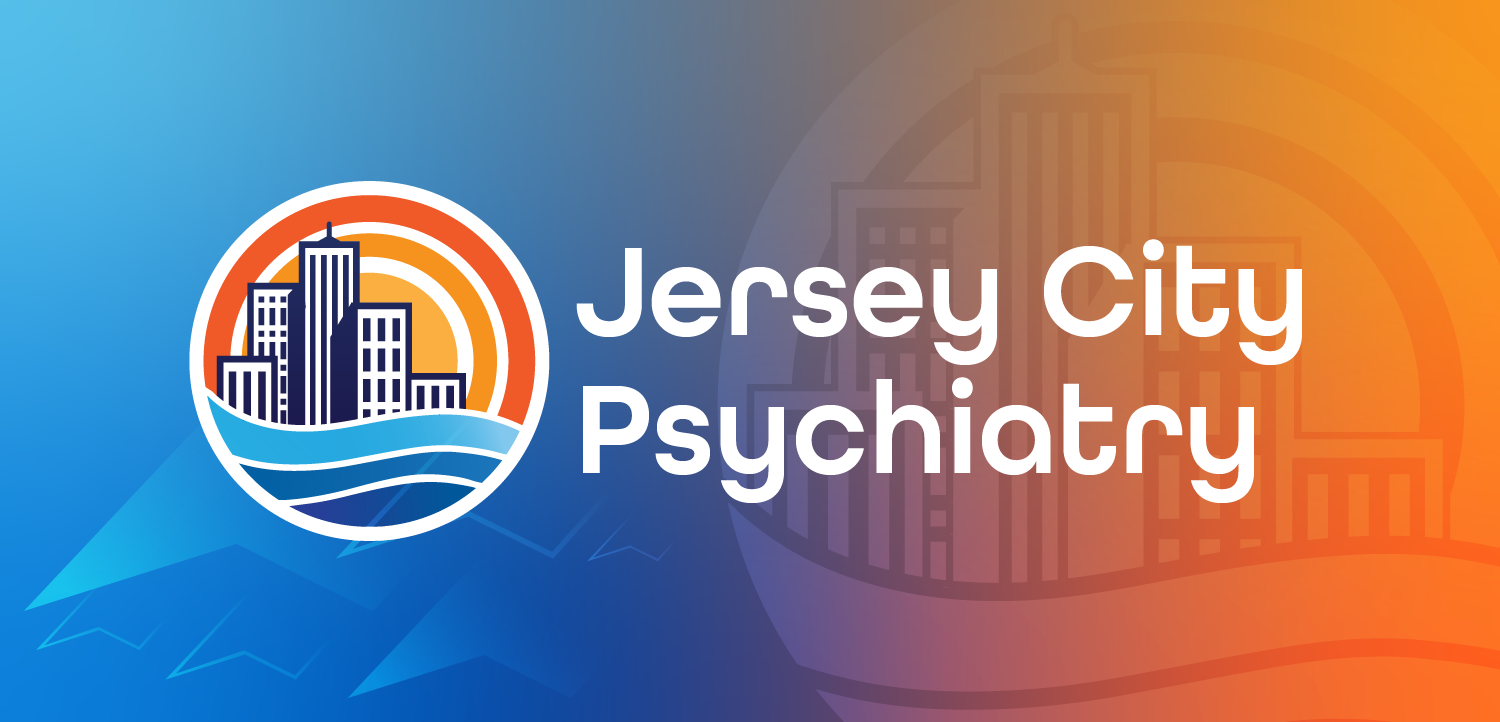
Enhancing Well-Being with CBT
How can a greater emphasis on valued experiences both promote well-being and alleviate stress in patients?
Traditionally, cognitive behavior therapy (CBT) has focused on alleviating symptoms of psychiatric disorders in addition to solving problems in patients’ lives. This is illustrated by CBT practitioners monitoring progress in therapy through symptom measures related to the psychiatric diagnosis (eg, Beck Depression Inventory, Beck Anxiety Inventory).1 Additionally, research studies on CBT outcomes typically use the same types of symptom measures to determine treatment effectiveness or efficacy. Since its inception, CBT has gathered a robust research literature demonstrating its ability to reduce symptoms of distress in a variety of psychiatric disorders.2 Nonetheless, it has been argued that although psychological treatments, such as CBT, have demonstrated the ability to alleviate distress, there needs to be a greater focus on enhancing overall well-being.3
This argument is not new, and many fields of psychology do focus on overall well-being. The field of positive psychology was founded on the premise that it takes different types of interventions to enhance positive emotional states than to alleviate suffering.3 For example, practitioners of positive psychology may help patients identify their signature strengths and find ways to use those strengths in daily life. Patients can also learn how to enhance positive emotional states by interventions aimed at increasing their sense of gratitude. Enhancing well-being has also been incorporated into “third wave” treatments. Acceptance and commitment therapy includes values as a central component of treatment.4 Patients learn how to identify their values and live according to their values as opposed to being guided primarily by their thoughts or emotions.
Recently, CBT has shifted to include a greater emphasis on enhancing well-being. One specific form of CBT, recovery-oriented cognitive therapy, helps clients with serious mental health conditions identify and live in accordance with their values and aspirations.5 These strategies have also been adapted into traditional CBT.1 The most recent edition of Cognitive Behavior Therapy: Basics and Beyond, 3rd Edition, a CBT text used by many training programs, includes an emphasis on values and aspirations, as well as a strengths-based method for CBT conceptualization. The following case example demonstrates how I incorporated strategies to enhance well-being throughout a course of CBT.
An Illustrative Case Example
“Henry” is a recently retired high school teacher who was referred to treatment by his primary care physician due to complaints about elevated anxiety and an overall depressed mood. Henry grew up in a household with a physician father who was dedicated to his job and rarely home as a result. Both of his parents stressed the importance of learning and hard work. For instance, as a child, Henry was not allowed to watch television, as this was considered “being lazy.” His parents also criticized him for not performing at the top of his class, a result of his undiagnosed attention-deficit/hyperactivity disorder (ADHD). Henry tried to please his parents and avoid criticism by dedicating more time to schoolwork than his peers, which also led him to neglect his social life.
Henry reported fairly consistent anxiety throughout his life, mainly related to his academic and then to his work performance, as well as to how other people view him. He noted 1 prior untreated episode of depression, which occurred when he was graduating from college and was not accepted into any of the graduate school programs to which he applied. He originally planned on becoming a professor but decided on a career as a high school teacher, as he did not believe he would ever be able to get into an adequate graduate program. His second major depressive episode began about 3 months after he retired. Since becoming depressed, Henry became more withdrawn, spending most of his time on the couch watching news programs. The focus of his worry was whether he would be able to enjoy retirement and what the rest of his life would involve. Henry met diagnostic criteria for major depressive disorder, recurrent, moderate, and generalized anxiety disorder.
Treatment Components
An important component in beginning CBT is goal setting. Traditionally, treatment goals focus on resolving problems in life and symptom reduction or management. When I asked Henry what he wanted to accomplish in therapy, Henry initially listed his goals as being: “Get out of this depression,” “stop worrying so much,” and “enjoy retirement.” Goal setting with clients should involve choosing specific goals that have measurable outcomes. Accordingly, I asked Henry what he would be doing differently—or how his life would be different—if he were not depressed, if he stopped worrying, and if he was enjoying retirement. Henry was able to come up with the more specific behavioral goals of: “Go on daily walks,” “read for fun,” and “complete more woodworking projects.”
Instead of stopping at standard CBT goals, I decided to determine if we could set additional goals to enhance Henry’s overall sense of well-being. We accomplished this by first assessing his values. I read through different potential values and asked him to rate on a scale of 0 to 10 (0 = no value at all; 10 = the most something can be valued) how important each value was to him. The areas of value we covered were work/career; learning; volunteering; intimacy; friendship; family; recreation; and health. I then asked Henry to look at his rated values and see if there was any discrepancy between what he valued and how he was currently living his life. We were then able to develop additional values-based treatment goals of: “developing and maintaining better friendships,” “developing joint interests/hobbies with my wife,” and “finding ways to contribute to society in retirement.”
Standard CBT treatment for a withdrawn, depressed patient begins with behavioral activation. Behavioral activation is aimed at helping depressed patients become more active and engaged in life by scheduling specific activities throughout the week. These activities allow the patient to have pleasurable experiences and to cut down on time spent ruminating. Traditionally, CBT practitioners help patients identify activities that give them either a sense of pleasure or a sense of accomplishment. For instance, watching a movie might be pleasurable, while exercising can lead to a sense of accomplishment.
To have a greater focus on enhancing well-being instead of solely alleviating depression, we used values-based activities for behavioral activation. Henry decided to schedule a daily walk with his wife, which was consistent with his values of connecting with his wife and helping her reach her health goals, as well as his own desire to live a healthier life. In line with his value of learning, he also signed up for a weekly woodworking class. Between classes, he decided to dedicate 2 days per week to using the skills he learned on his own woodworking projects, which was related to his work/career value of being productive. Lastly, Henry wanted to enhance the friendships he had neglected for most of his career due to taking on an excess of work tasks. He was able to focus on his value of friendship by contacting a few existing friends; he set up a weekly lunch date with a friend and joined another friend’s cycling group.
After focusing on these activities for about 1 month, Henry’s major depressive episode resolved, but he still reported lacking an enhanced sense of well-being. We determined a few factors were getting in the way of his sense of well-being. The first factor was his deeply entrenched drive to be productive that he learned from his parents. Initially, I used the standard CBT strategy of cognitive restructuring through Socratic questioning to try to help him determine that his current activities could be viewed as being productive. For instance, going on walks with his wife was productive for his own health and for enhancing his connection with his wife. Despite this, he still held onto the idea that productivity was work-related and kept going back to the fact that his father dedicated his life to his work and chose not to retire. Instead of trying to help Henry change his view on work, I defined productivity as an important value of his. We then problem-solved how to include productivity in his life, and Henry came to the solution of volunteering as a tutor 2 days per week. By volunteering, Henry was able to satisfy his treatment goal of finding ways to contribute to society in retirement.
The second factor interfering with Henry’s sense of well-being was worry. He reported that his current worries centered on how other people viewed him and whether he was enjoying retirement as much as he should. We started worry reduction of his social fears through the standard CBT strategies of Socratic questioning for cognitive restructuring of his worry thoughts and evaluating positive (that worry is helpful) and negative (that worry is uncontrollable and potentially harmful) beliefs about worry itself. In using cognitive restructuring for his social worries, Henry was able to realize that he likely did not give as negative of an impression as he imagined, and people tended to respond positively to him when he made an effort to converse. He also came to the conclusions that he cannot know for certain what other people think of him, and he cannot control how others view him overall.
Given these conclusions, we focused on what Henry was able to control (ie, his behavior). In attempting to enhance his sense of well-being, I asked Henry how he valued acting toward others. He determined that he valued being kind, supportive, a good listener, and more outgoing. We then concretely defined what this would look like in his weekly social interactions and role-played example social interactions during sessions. He was then able to act more in accordance with his social values.
The last component we focused on was Henry’s worry that he was not enjoying retirement as much as he should. Throughout his career, Henry heard his fellow teachers discuss how amazing retirement was going to be and would hear from those who had retired how happy they were in retirement. As a result, Henry was constantly evaluating his emotional experience and thinking that he should be feeling happier in his day-to-day life. For instance, he would be completing a woodworking project, note he felt happiness at a 5/10 level, and believe he should be enjoying the project more, which would then cause his happiness to dip to a 2/10 level. Through these experiences, I helped him determine that both evaluating his sense of happiness and wanting to increase his experience of happiness tend to backfire and lead to less happiness. I also helped him come to the realization that he is not able to control his emotional state at will. I asked him to recount the last time he experienced at least a moderate amount of happiness, and whether he was focused on analyzing what was happening and how it was making him feel. He noted that he was not focused on analyzing his level of happiness at all; he was just fully engaged in the experience and even lost a sense of himself to a degree.
I guided Henry through a mindfulness exercise to strengthen his ability to notice his emotional state and related thoughts without getting caught up in them or trying to control them, while also becoming fully absorbed in the experiences around him. Henry then practiced taking this approach to his day-to-day valued experiences. He came up with the saying, “if I’m a 5 (happiness level), I can let myself be a 5.” Henry reported this intervention as being the most important in enhancing his sense of well-being, as he was able to “get out of [his] head” and experience life to the fullest.
Concluding Thoughts
CBT has traditionally focused on alleviating symptoms of psychiatric disorders and resolving problems, but it has recently included a greater focus on living a valued life and enhancing well-being. A CBT approach focused on enhancing well-being continues to include goal setting, problem solving, and standard CBT cognitive strategies such as cognitive restructuring and Socratic questioning, as well as behavioral strategies including behavioral activation and exposure exercises. Nonetheless, throughout the course of treatment, patients are encouraged to identify their values, live according to their values, and become fully engaged in valued experiences. Through a greater emphasis on valued experiences, well-being can be enhanced in addition to distress being alleviated.
Dr Hindman is a licensed clinical psychologist at the Beck Institute for Cognitive Behavior Therapy in Bala Cynwyd, Pennsylvania.
References
1. Beck JS.
2. Hofmann SG, Asnaani A, Vonk IJ, et al.
3. Seligman MEP.
4. Hayes SC, Strosahl KD, Wilson KG.
5. Beck AT, Grant P, Inverso E, et al.
Newsletter
Receive trusted psychiatric news, expert analysis, and clinical insights — subscribe today to support your practice and your patients.














